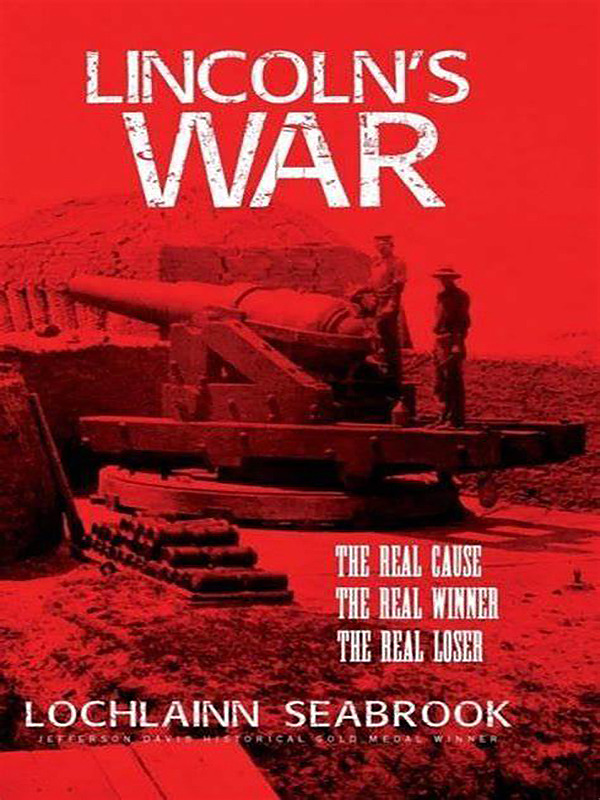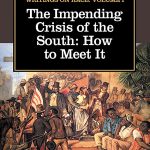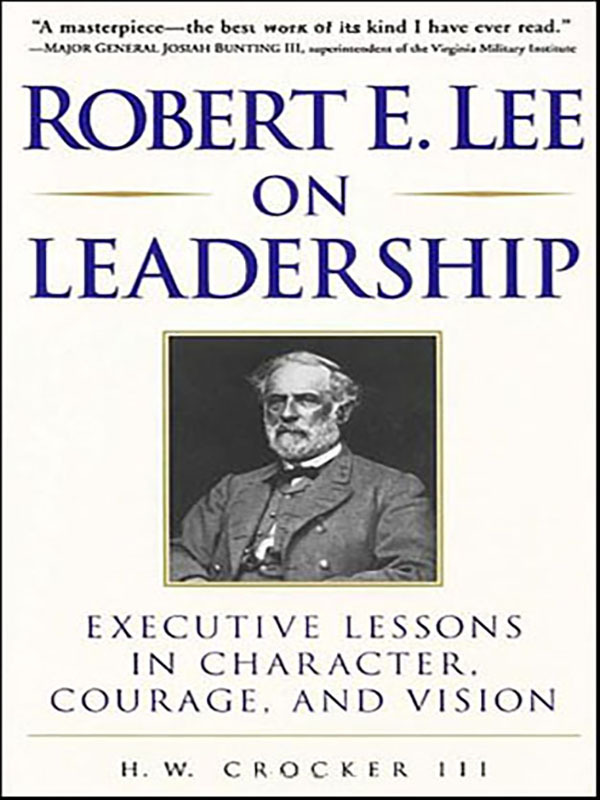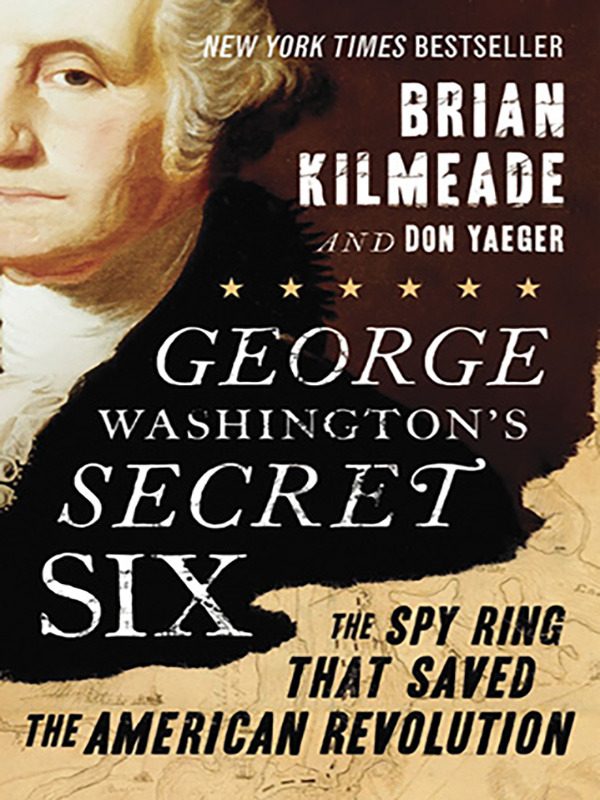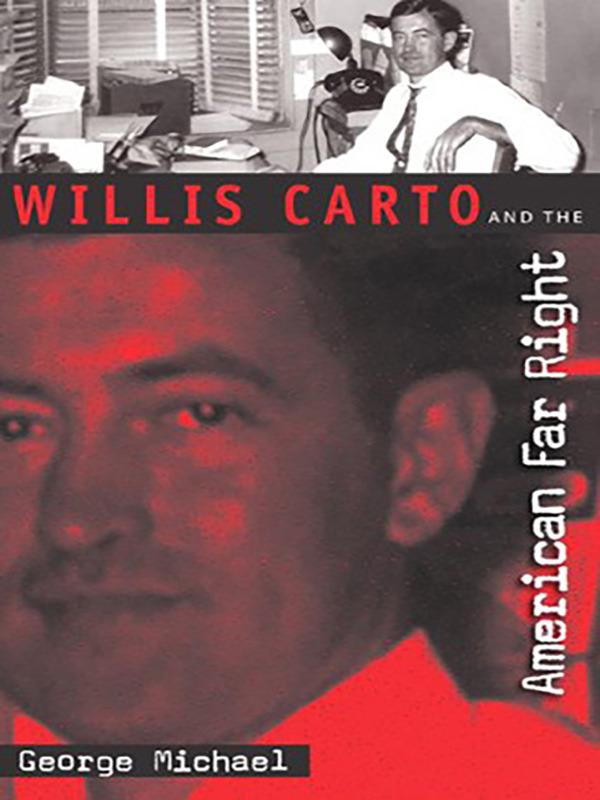Lincoln’s War: The Real Cause, the Real Winner, the Real Loser
$21.00
If you believe that the “North won” the Civil War and the “South lost,” or if you think that Abraham Lincoln was a conservative Republican who “freed the slaves” and that Jefferson Davis was a liberal Democrat who tried to “preserve slavery,” then you’ve been completely misled by the mainstream media and by our left-leaning education system.
Read the most important “Civil War” book in decades, Lincoln’s War: The Real Cause, the Real Winner, the Real Loser, by award-winning historian and Civil War scholar Col. Lochlainn Seabrook and learn the truth about the Great Conflict of 1861. This seminal work, the first ever to expose the authentic facts about Civil War-era Republicans and Democrats, the true origins of the war and who really won and lost, will finally clarify the illogical and often confusing conventional view of the conflict.
- Description
Description
If you believe that the “North won” the Civil War and the “South lost,” or if you think that Abraham Lincoln was a conservative Republican who “freed the slaves” and that Jefferson Davis was a liberal Democrat who tried to “preserve slavery,” then you’ve been completely misled by the mainstream media and by our left-leaning education system.
Read the most important “Civil War” book in decades, Lincoln’s War: The Real Cause, the Real Winner, the Real Loser, by award-winning historian and Civil War scholar Col. Lochlainn Seabrook and learn the truth about the Great Conflict of 1861. This seminal work, the first ever to expose the authentic facts about Civil War-era Republicans and Democrats, the true origins of the war and who really won and lost, will finally clarify the illogical and often confusing conventional view of the conflict.
Who could seriously believe, for example, that millions of men, women and children (on both sides) risked their lives to destroy or save slavery? And who can honestly accept the idea that Lincoln was justified in killing hundreds of thousands of people and bankrupting the U.S. Treasury to “preserve the Union,” or that Davis purposefully turned 8 million Southerners into “traitors” to prove that secession was legal? No wonder the story of the liberal war on the Constitution has been incomprehensible—until now!
Thoroughly researched, historically accurate and packed with hundreds of once-suppressed eyewitness testimonies, Col. Seabrook’s richly illustrated, highly original work is the only one you’ll ever need for a total understanding of America’s bloody contest between conservatism and liberalism. Lincoln’s War, which includes extensive notes, a bibliography and an index, renders every mainstream history book obsolete, and is a must-read for any serious Civil War or history buff.
Softcover, 347 pages
Review
Author Lochlainn Seabrook, a respected historian and prolific writer on Confederate and Southern history and culture more broadly, points out that only about “5% of the Southern population owned slaves.”
“In 1861,” Seabrook notes, “the South’s 300,000 White slave owners made up only 1% of the total U.S. White population of 30 million people. Thus, while only one Southern White out of every 300,000 owned slaves, one Black out of every four Blacks owned slaves (25%). In other words, far more Blacks owned Black (and Mulattoes and sometimes White) slaves than Whites did.”
Throughout the book, Seabrook dispels one myth after the next. “In the spring of 1861, there were 315,000 slave owners in the Yankee military, but only 200,000 in the South’s military,” the author notes, adding, “500,000 to 1 million slaves still lived and worked in the ‘abolitionist North’.”
Seabrook quotes the newly elected president, the widely revered Abraham Lincoln, as having unequivocally declared to his Inauguration Day audience that he had “no purpose, directly or indirectly, to interfere with the institution of slavery in the states where it exists.”
“I believe I have no lawful right to do so, and I have no inclination to do so,” Lincoln continued. “My paramount object in this struggle is to save the Union, and not to either save or destroy slavery. If I could save the Union with- out freeing any slave, I would do it.”
Seabrook documents how “for the first two years of his war, Lincoln barred Blacks from joining his armies.”
In explaining his motive for later having done so, Lincoln said, “I thought that whatever Negroes can be got to do as soldiers, leaves just so much less for White soldiers to do in saving the Union” from dissolution. The Confederacy’s defeat in 1865 was even then inaccurately described by the Northern press as “a triumph for Lincoln’s War of Liberation.”
Confederate Gen. Robert E. Lee later told the governor of the state of Texas: If I had foreseen the use of these people designed to make of their victory, there would have been no surrender at Appomattox Courthouse. No, sir, not by me. Had I foreseen these results of subjugation, I would have preferred to die at Appomattox with my brave men, my sword in this right hand. While he may not have foreseen the depths of the enemy’s postwar savagery, Lee prophetically described how “the consolidation of the states into one, vast republic, sure to be aggressive abroad and despotic at home, will be the certain precursor of that ruin which has overwhelmed all those that have preceded it.”
Acquainting modern readers with such visionary statements from America’s tragic if glorious past is part of Seabrook’s achievement—namely, describing the hidden causes for the War for Southern Independence and their far-reaching implications for our country’s present condition.
Softcover, 347 pages, #757.

